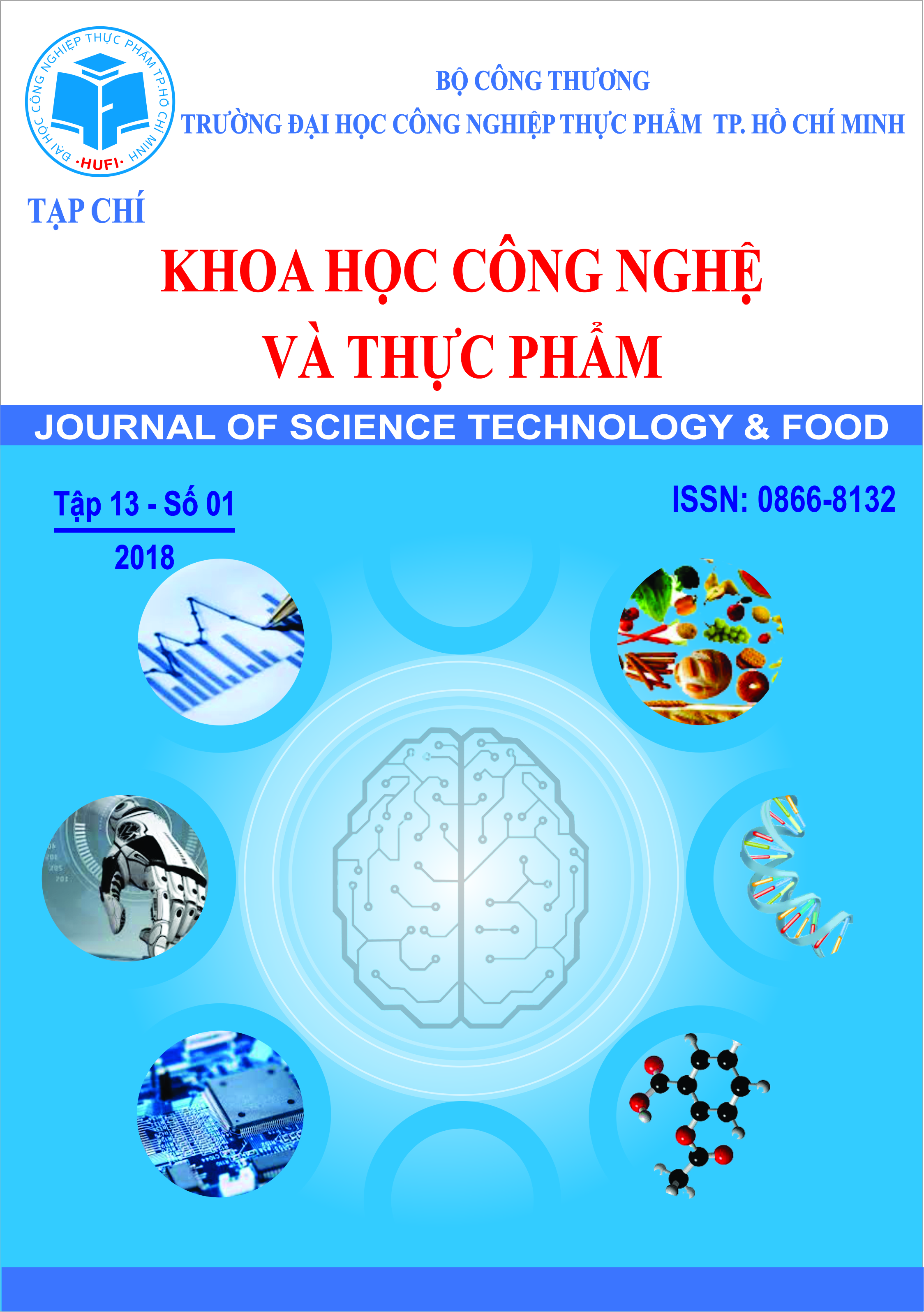ENHANCEMENT OF ASTAXANTHIN ACCUMULATION IN Haematococcus pluvialis UNDER STRESS CONDITIONS
Abstract
The unicellular microalgae (Haematococcus pluvialis) is one of the potential organisms with ability to produce astaxanthin. Astaxanthin is a high value ketocarotenoid, which is widely used as antioxidant in food, pharmaceutical and natural colorant in aquaculture. H. pluvialis accumulates large amounts of astaxanthin under stress conditions. This study was conducted to determine the optimal medium for biomass production and factors that influenced the astaxanthin accumulation by H. pluvialis. Investigation of media including Bold’s Basal, OHM (optimal Haematococcus medium), RM (Rudic medium), f/2 Guillard and Walne showed that H. pluvialis grew well in RM medium after 18 days. The maximum cell density of 6.97 x 105 cells/mL was achieved in RM medium. Nitrogen starvation by removing nitrate or reducing nitrate source in the culture medium induced astaxanthin production. Under high light conditions (4 klux and 8 klux) and high concentration of carbon dioxide, an increase in astaxanthin accumulation was observed. Analyses using thin-layer chromatography (TLC) and high-performance liquid chromatography (HPLC) confirmed the presence of astaxanthin in H. pluvialis cell extract. Furthermore, liquefied dimethyl ether (DME) can be used to extract astaxanthin directly from H. pluvialis biomass with high moisture content.
Keywords: astaxanthin, bioreactor, dimethyl ether, high-performance liquid chromatography, microalgae Haematococcus pluvialis

